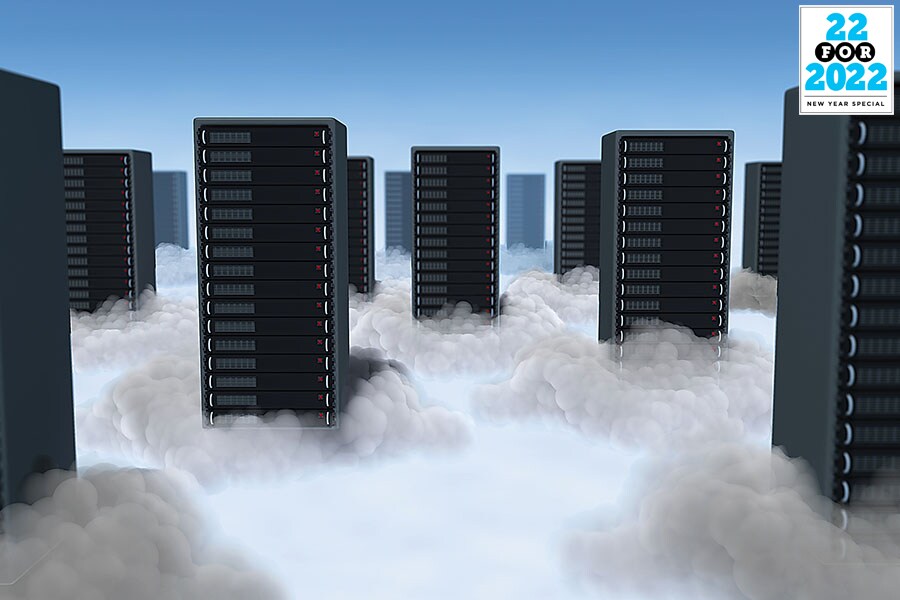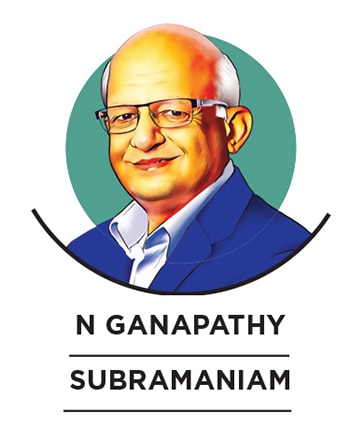
Science and humanity skills will become essential for best use of digital tech: TCS COO
We have got at least a 10-year leap on digital and data. As enterprises continue to make investments in digital technologies, skills like art, design, ecology will become very relevant: N Ganapathy Subramaniam, TCS COO and Executive Director takes a stab at connecting the dots from the last few years to predict the future
 New technologies will push the boundaries of cloud nativity, interoperability and low latency
New technologies will push the boundaries of cloud nativity, interoperability and low latency
Image: Shutterstock
 It’s tough to make predictions, especially about the future, said Yogi Berra, baseball legend-cum-philosopher. To get a sense of how technology will change over the next decades, connecting the dots on how it has evolved over the last few years could provide some clues.
It’s tough to make predictions, especially about the future, said Yogi Berra, baseball legend-cum-philosopher. To get a sense of how technology will change over the next decades, connecting the dots on how it has evolved over the last few years could provide some clues.
What is certain is that we are in a period of unprecedented velocity of inter-disciplinary fertilisation of hitherto considered disconnected fields. For example, genetics and neuroscience are leading to the construction of information engineering and artificial neural networks in computing.
Much of it is due to digital, which is one diverse-yet-inter-operable, constantly evolving family of technologies enabling continuous availability of data, systems, applications and business processes. Such architecture allows enterprises to completely reimagine different aspects of their businesses. Now that is something different from the past.
- We have got at least a 10-year leap on digital and data. Enterprises will continue to invest in digital technologies to find new ways of growth, efficiency, innovation, resilience, safety and security.
(This story appears in the 30 November, -0001 issue of Forbes India. To visit our Archives, click here.)









